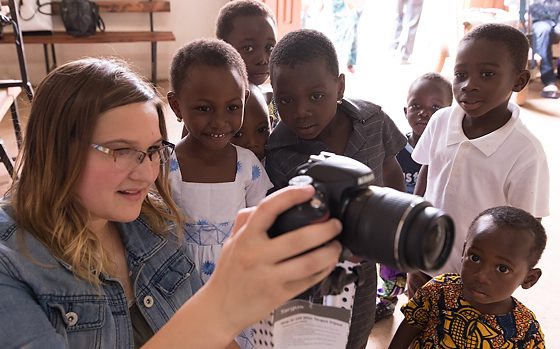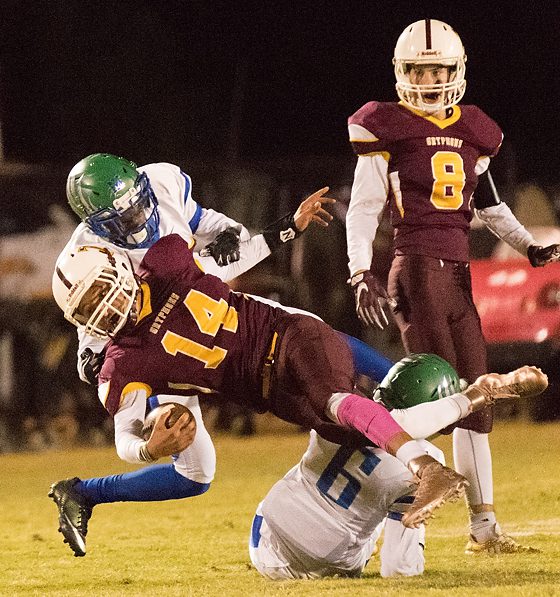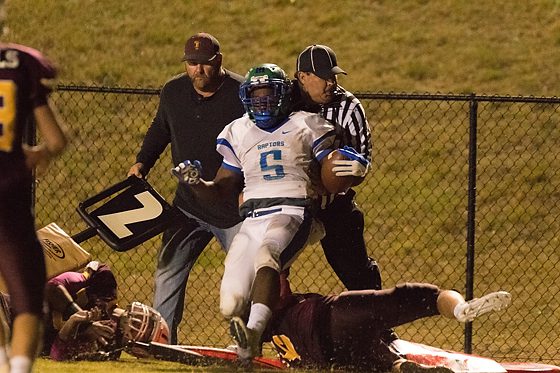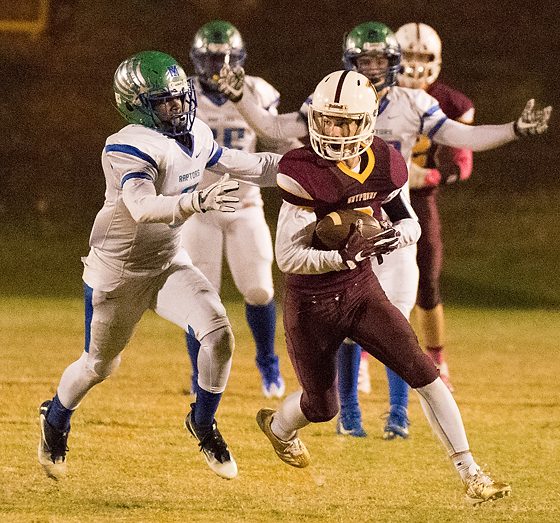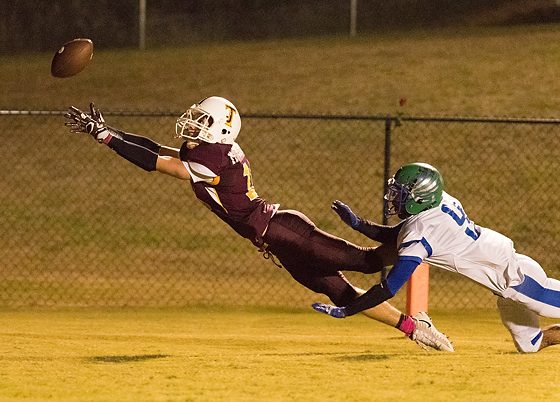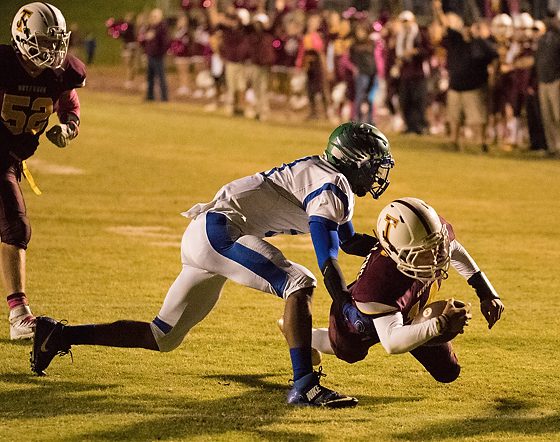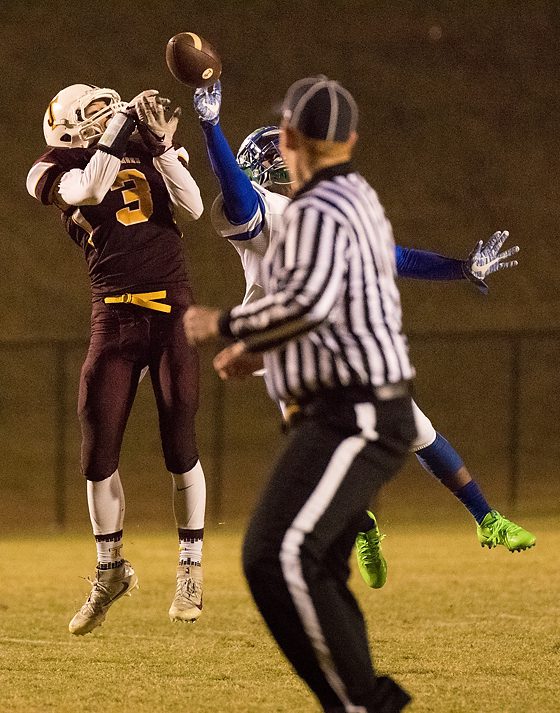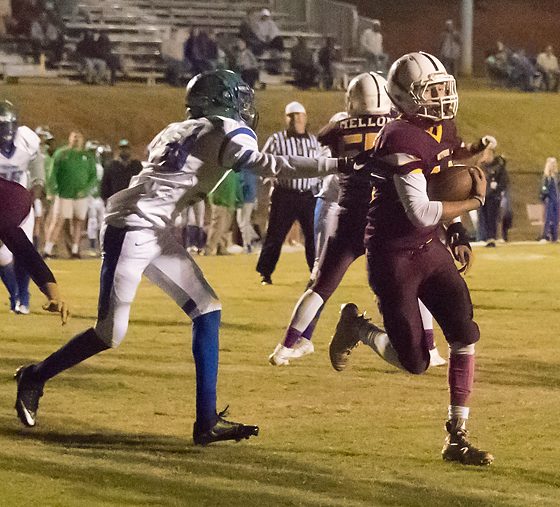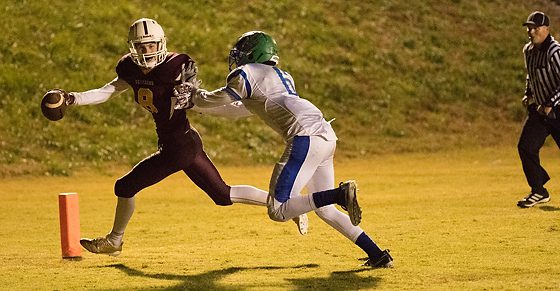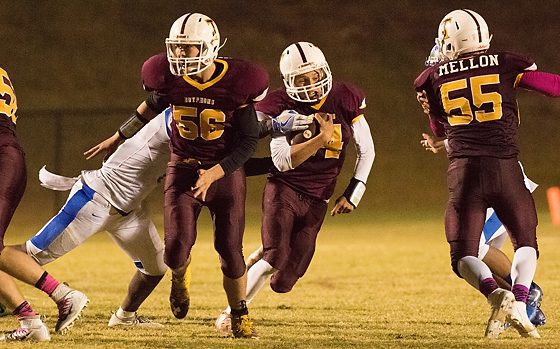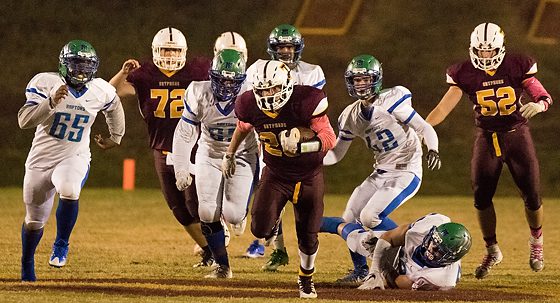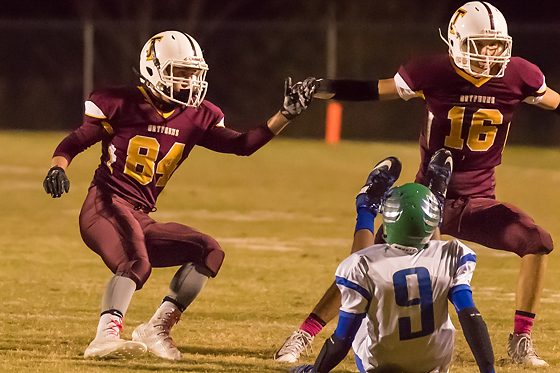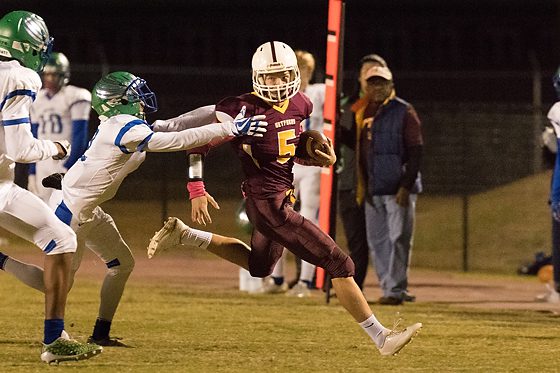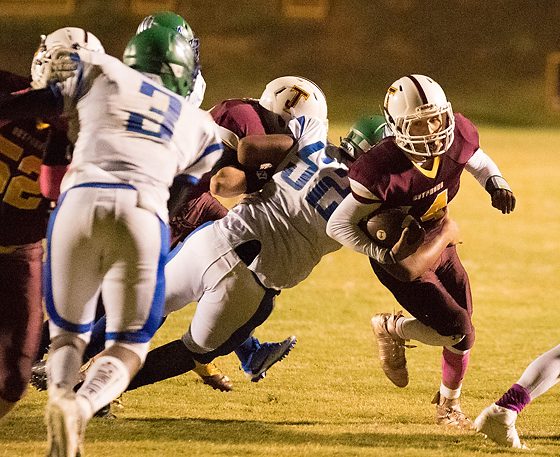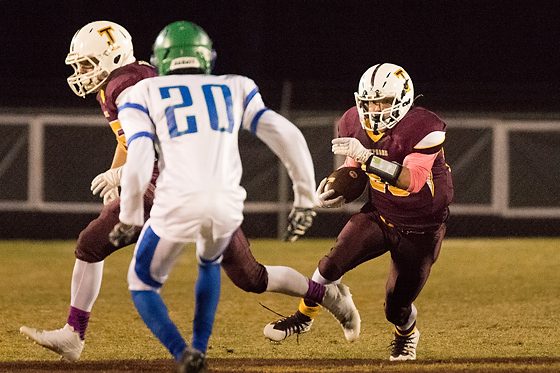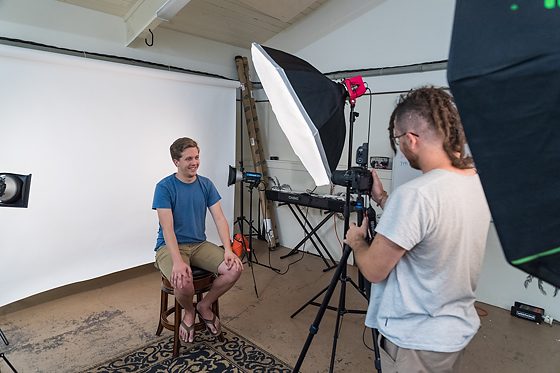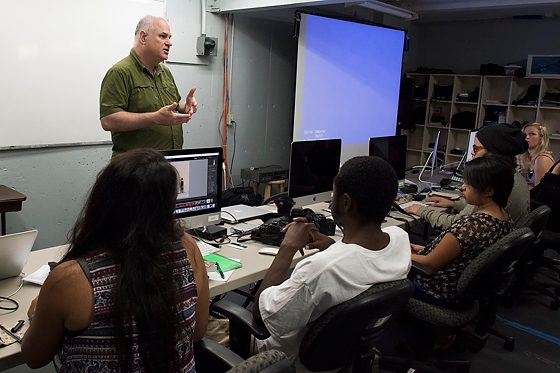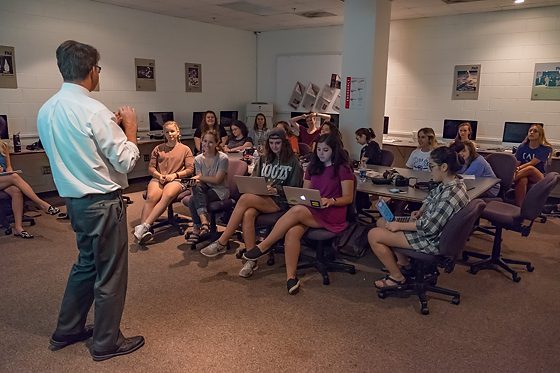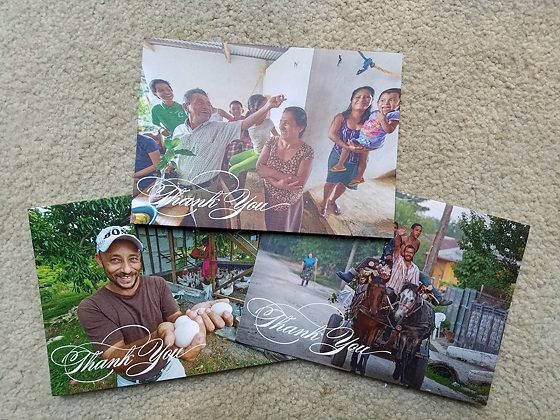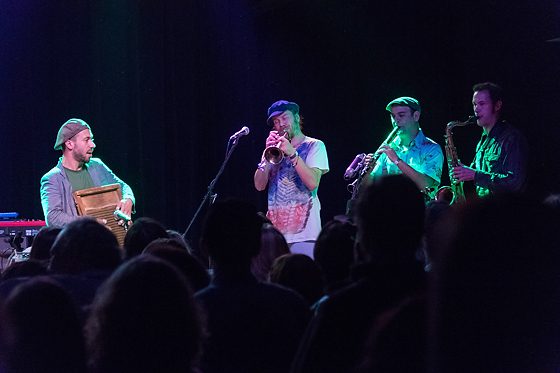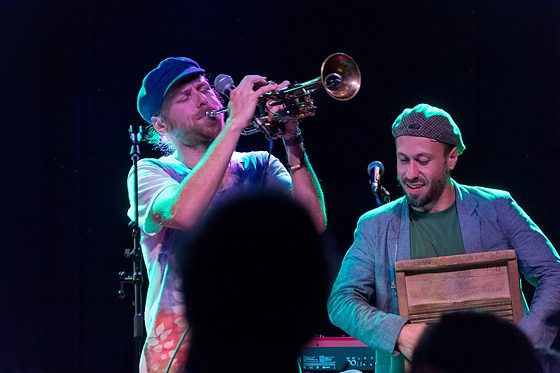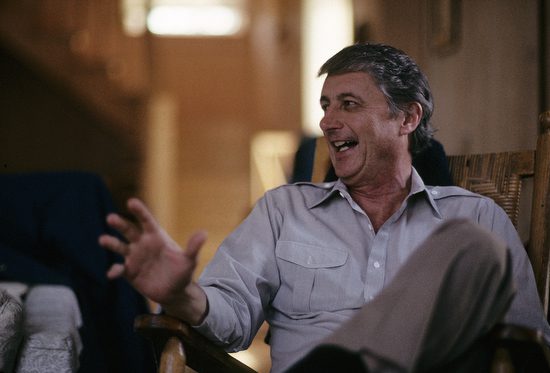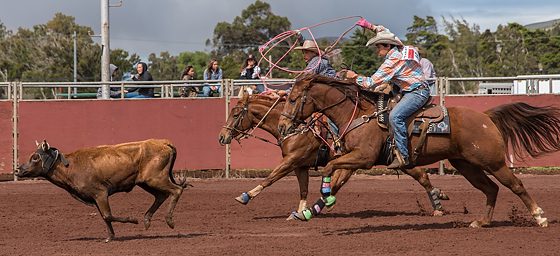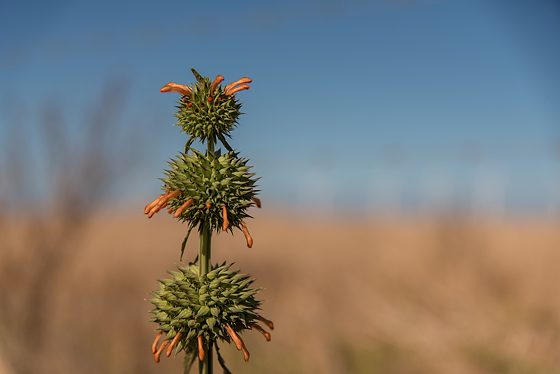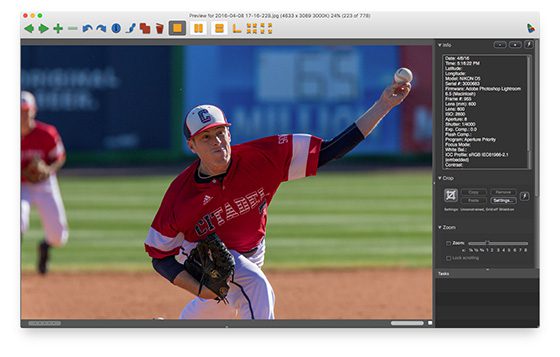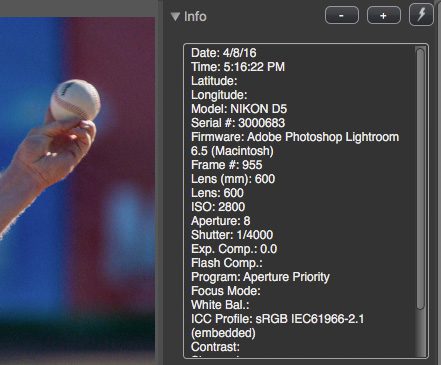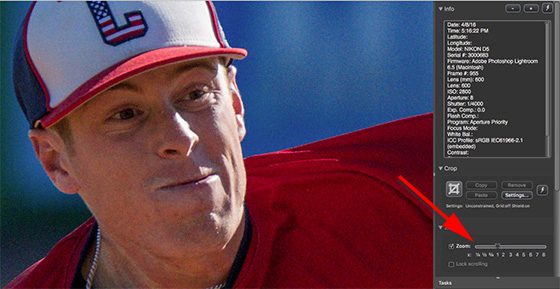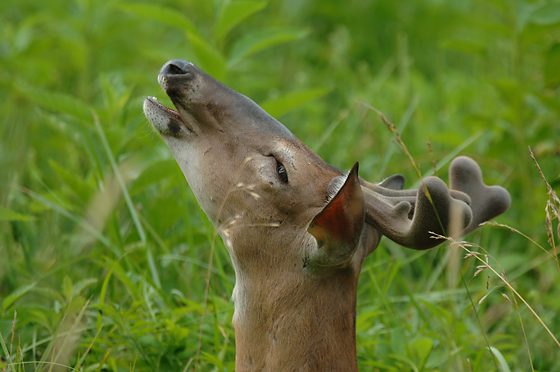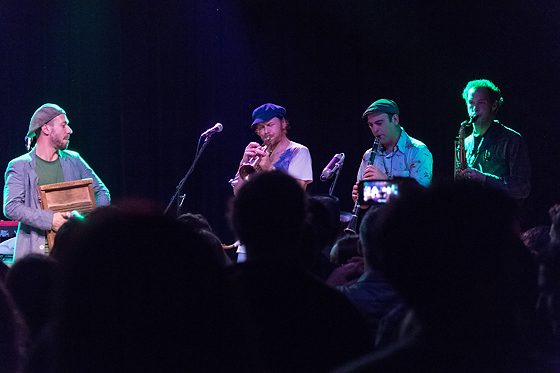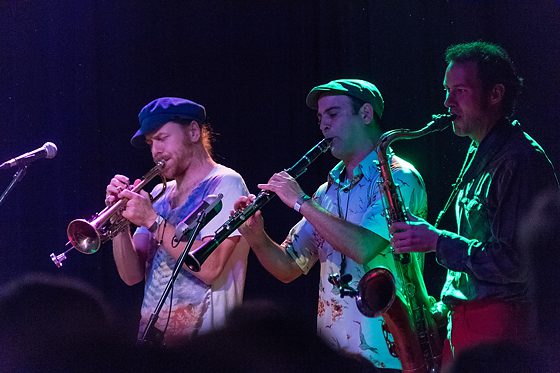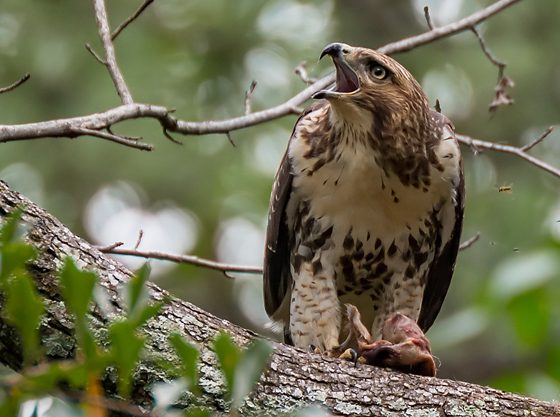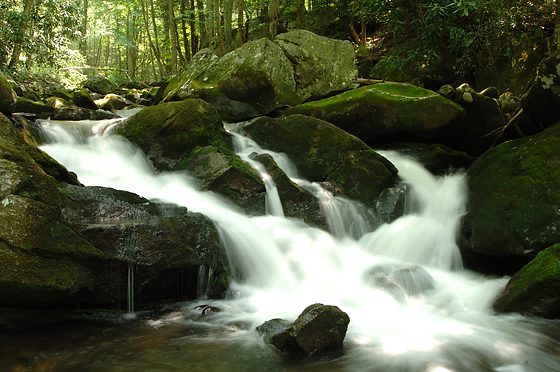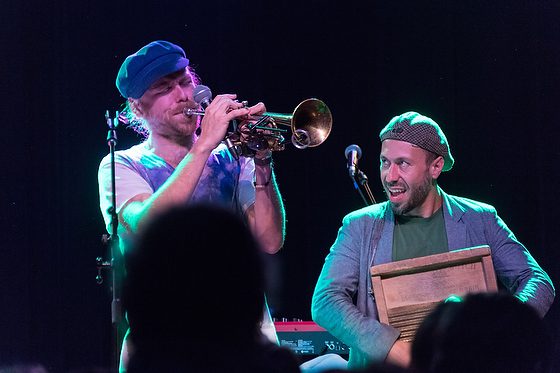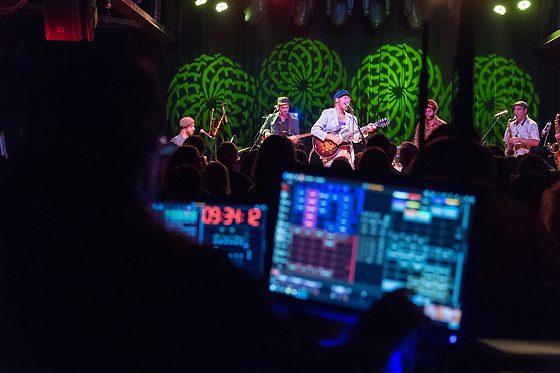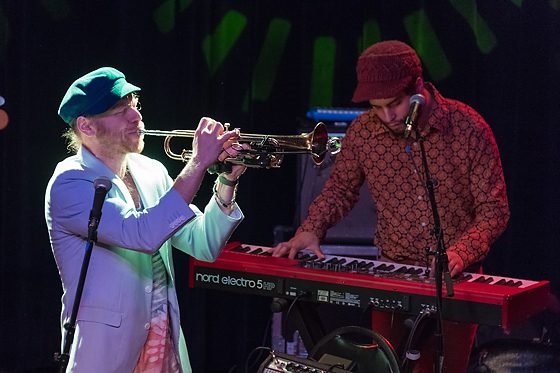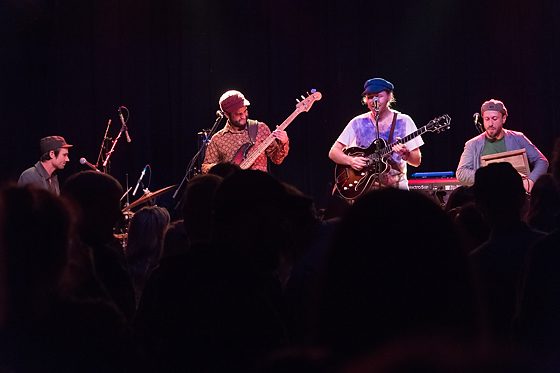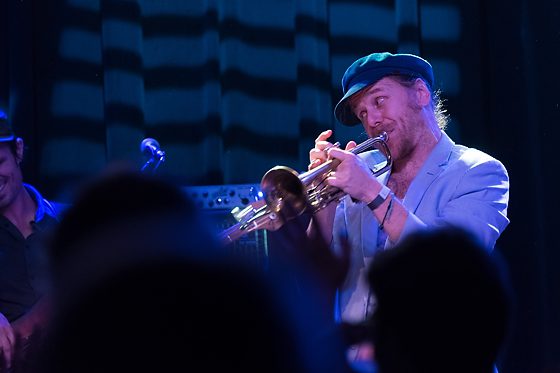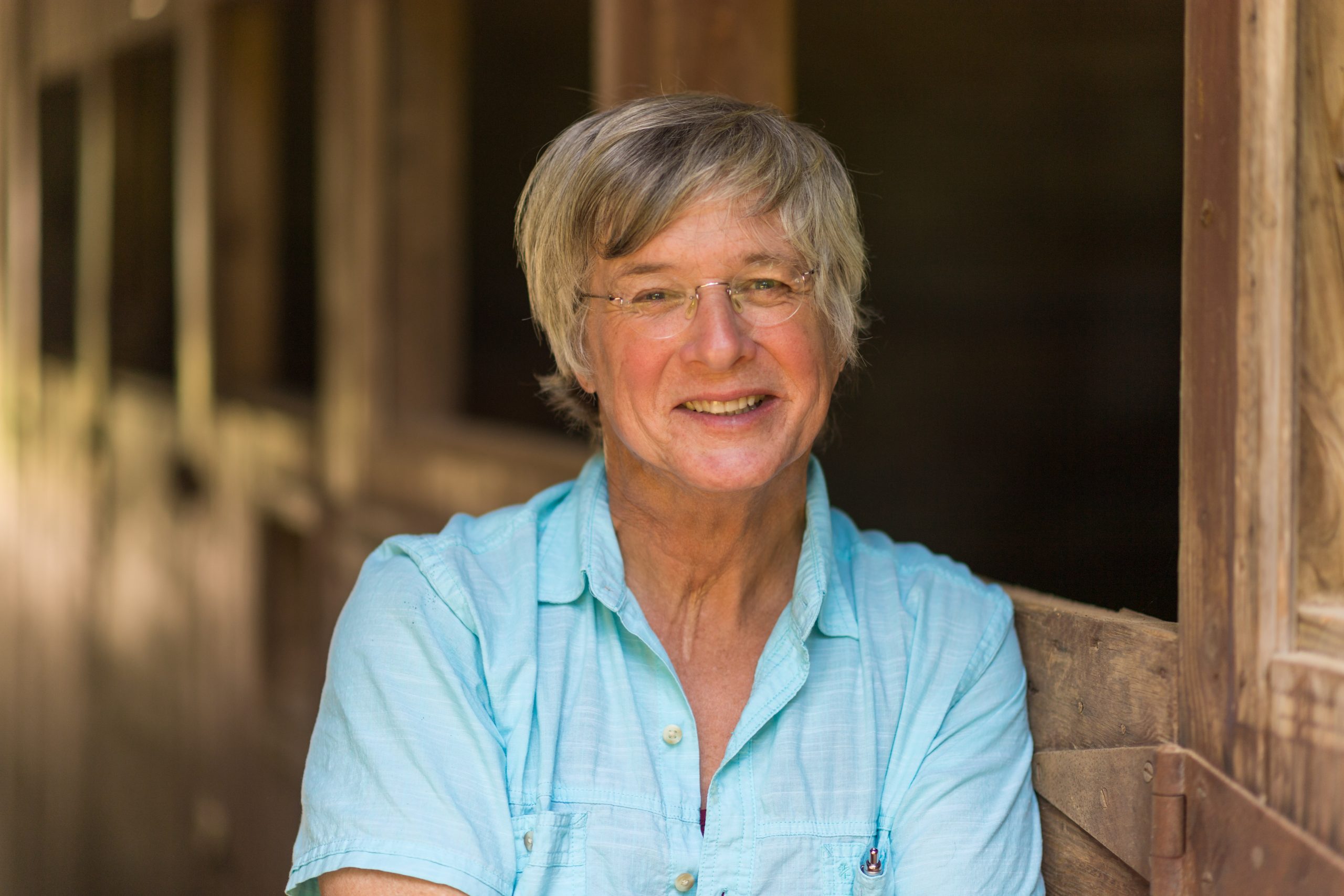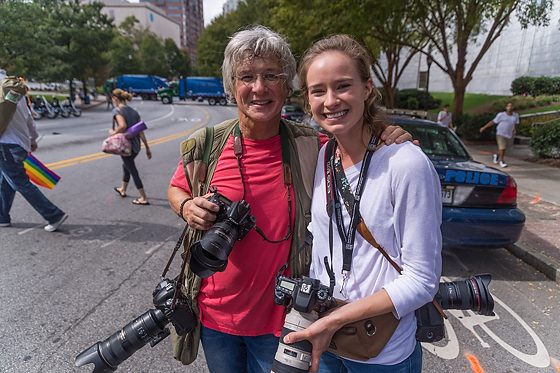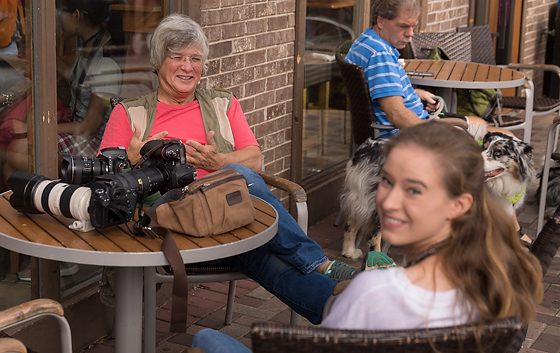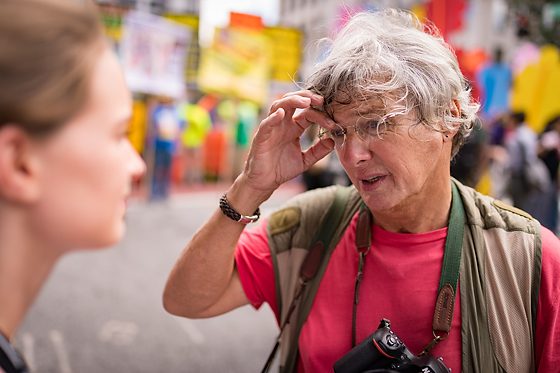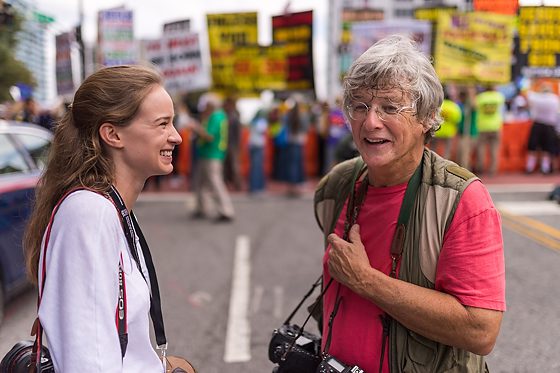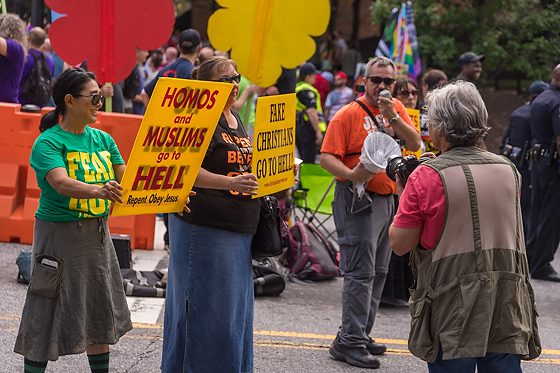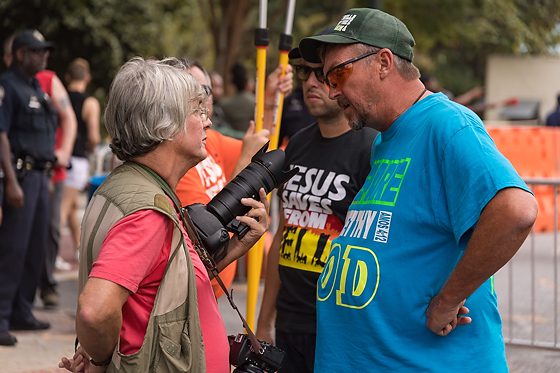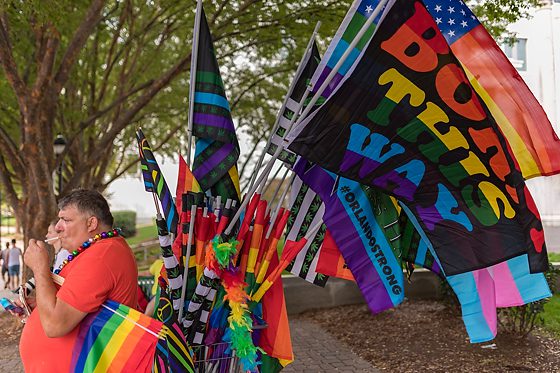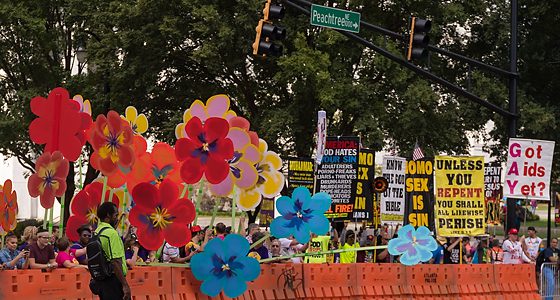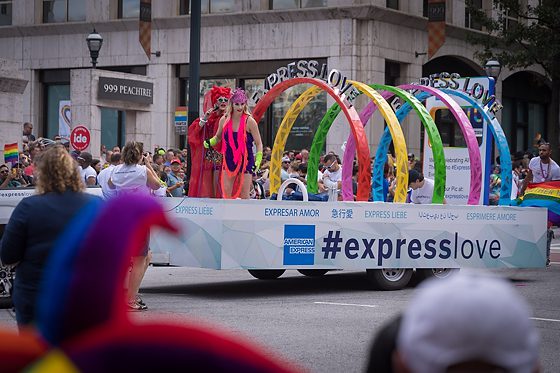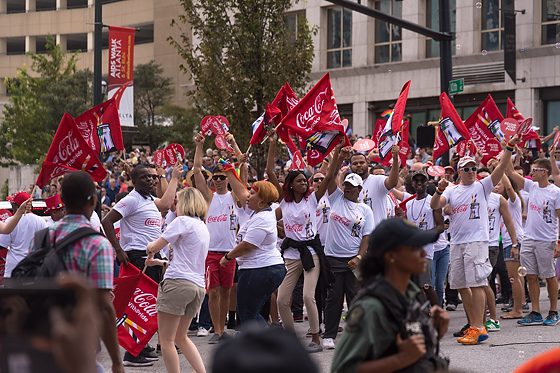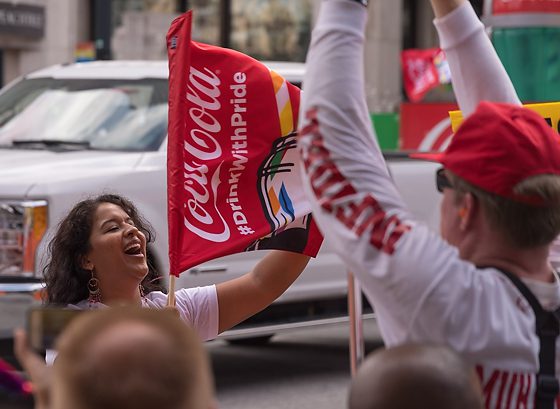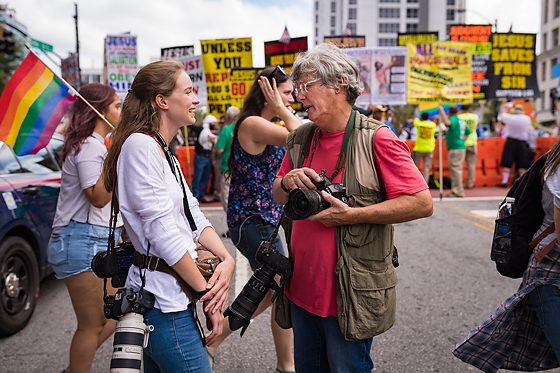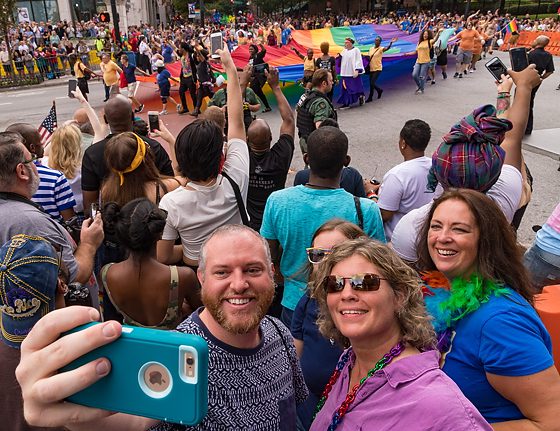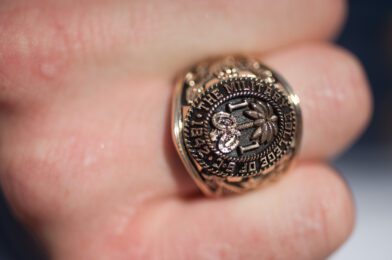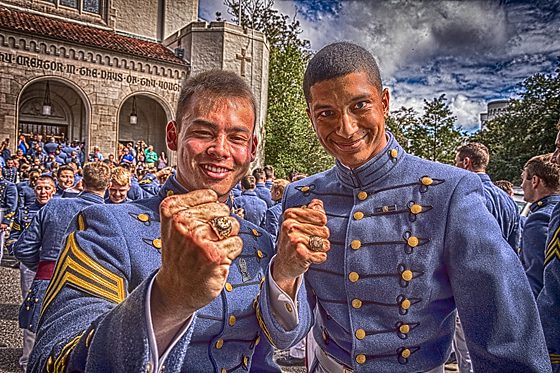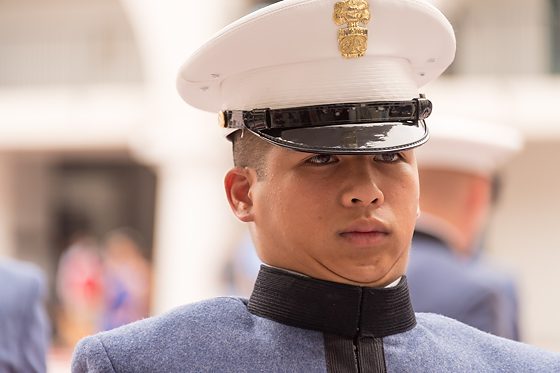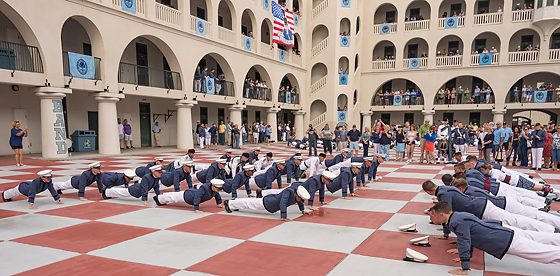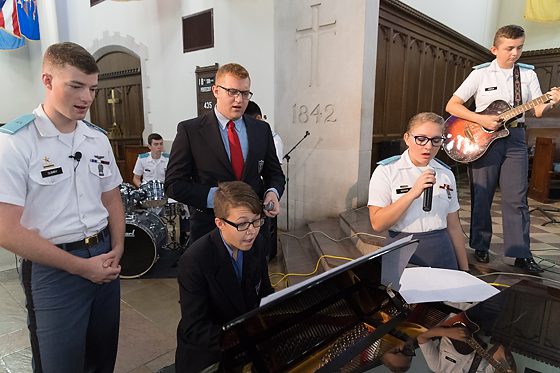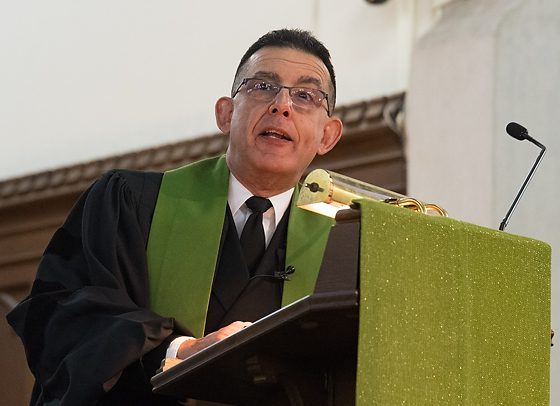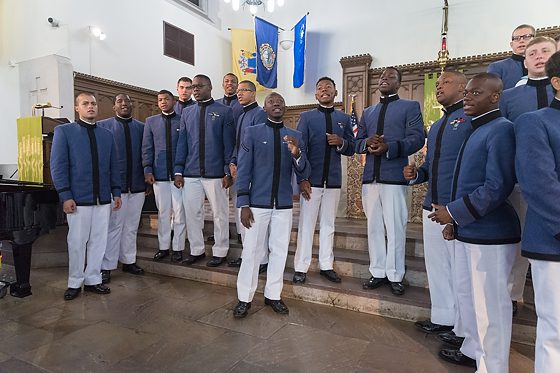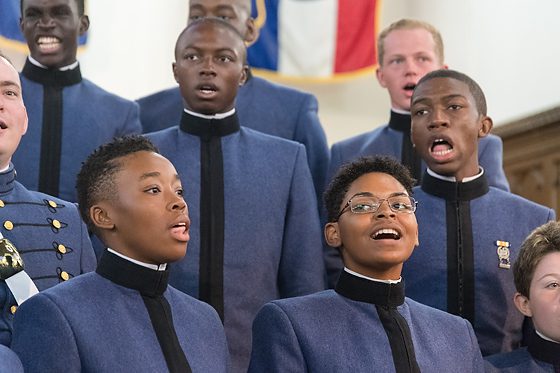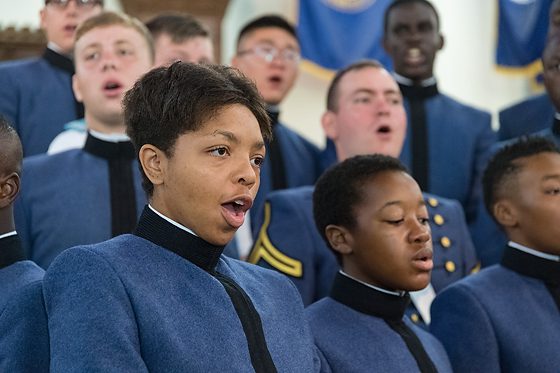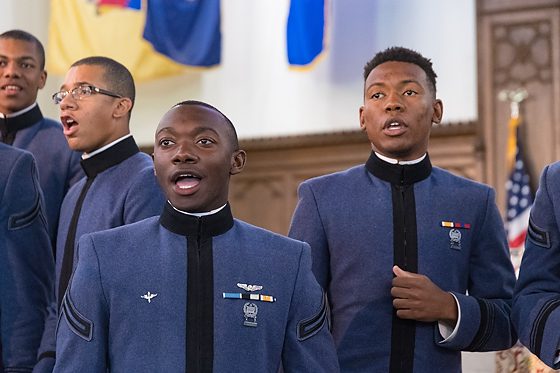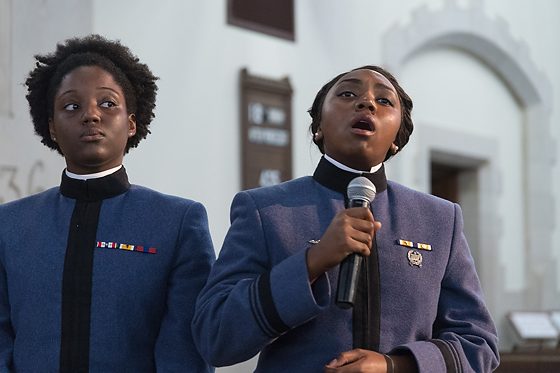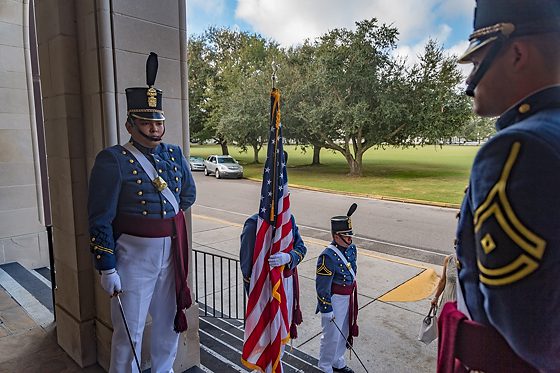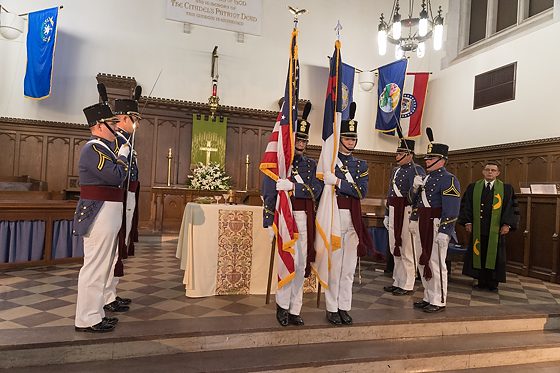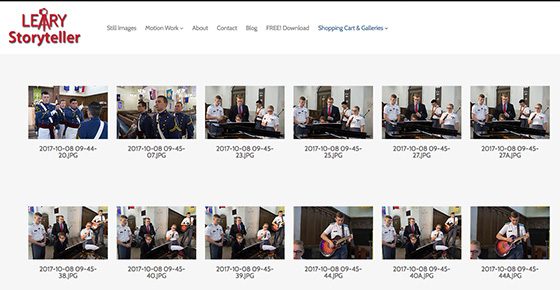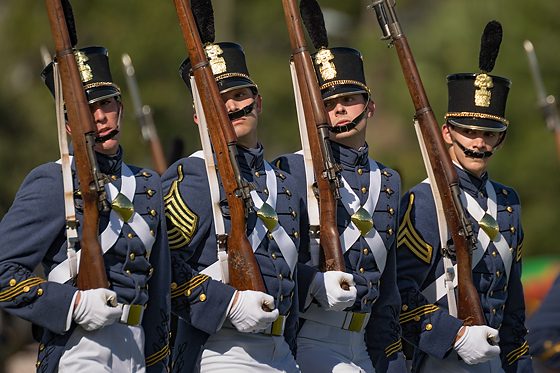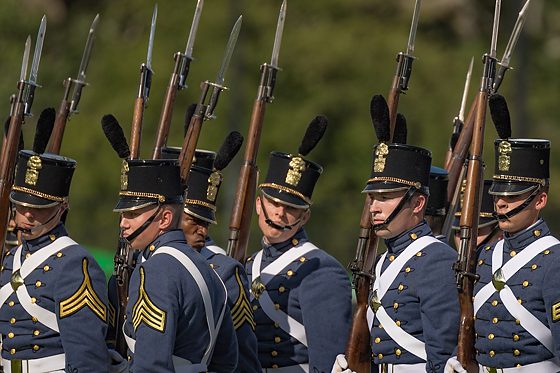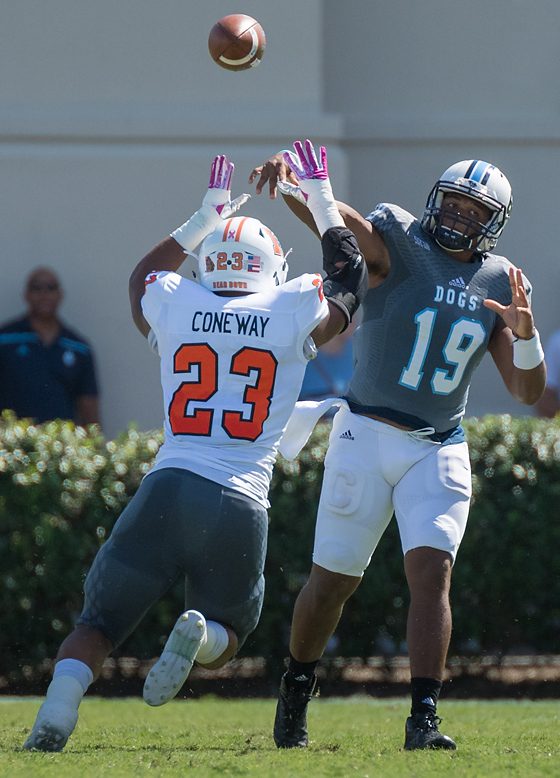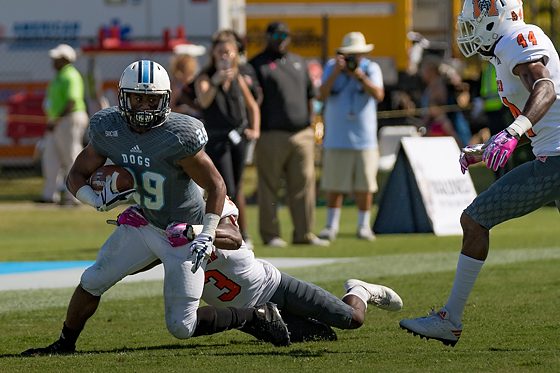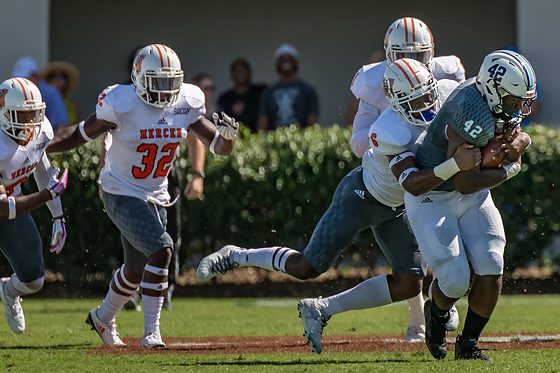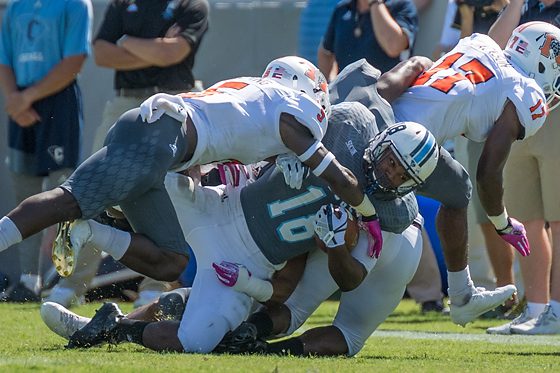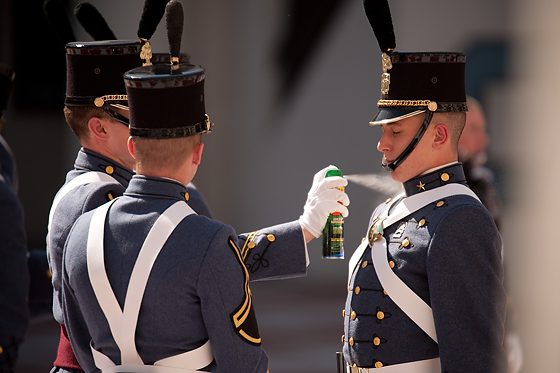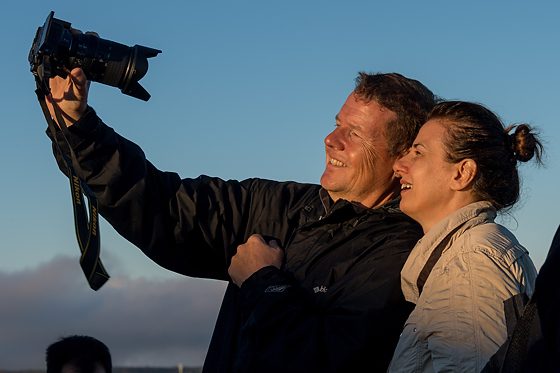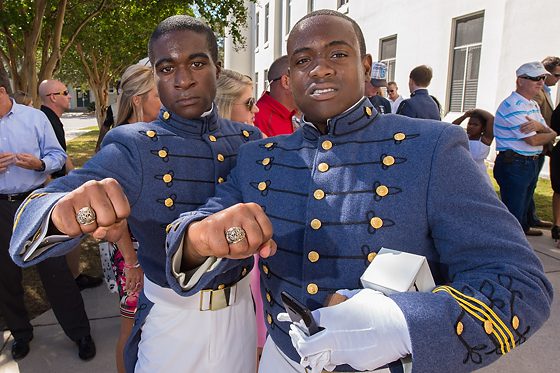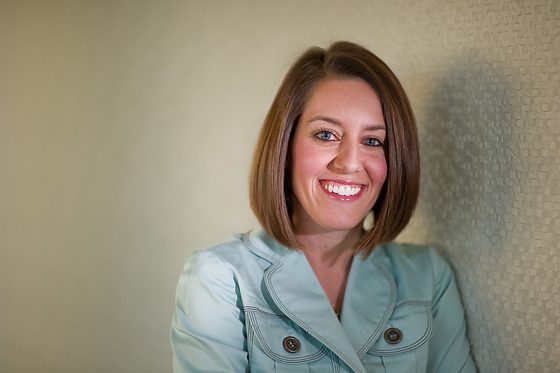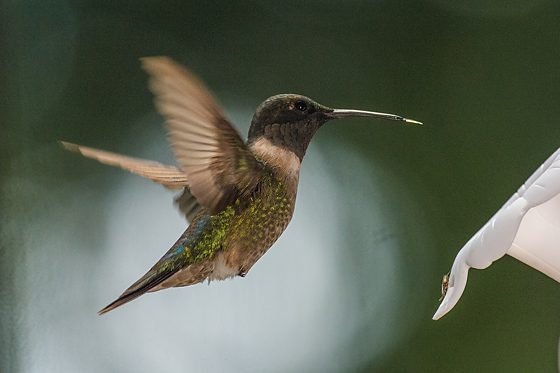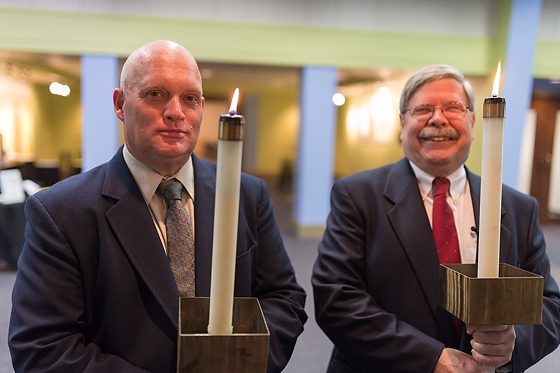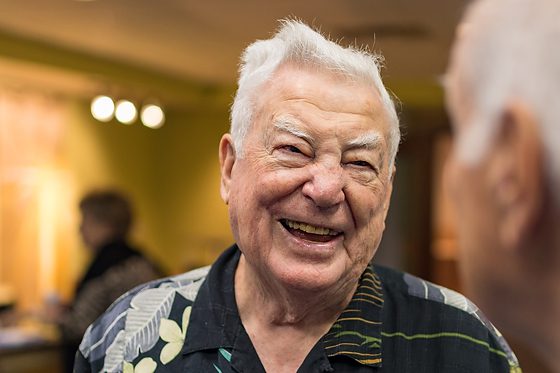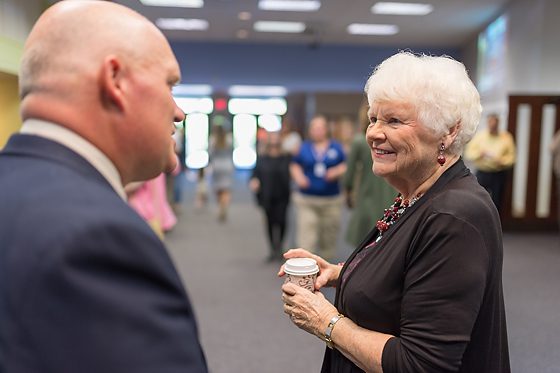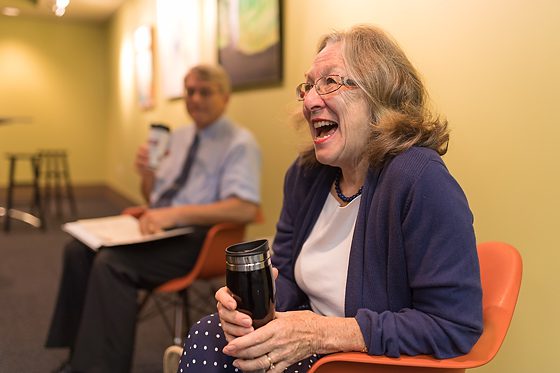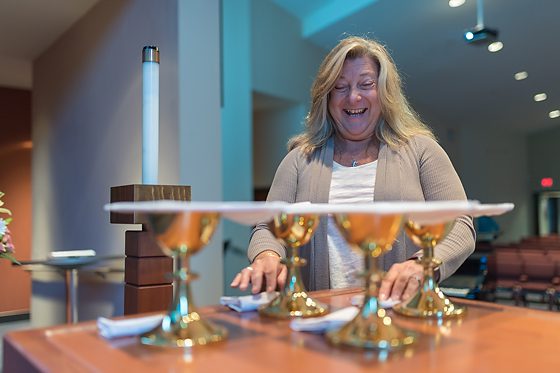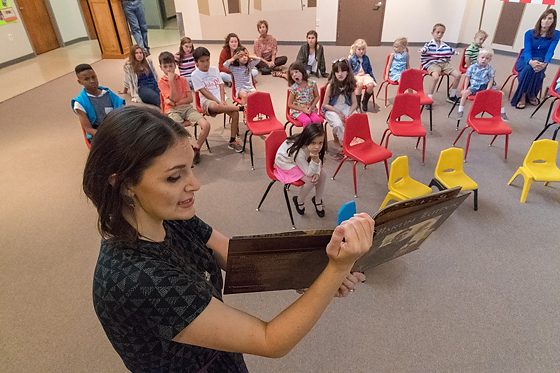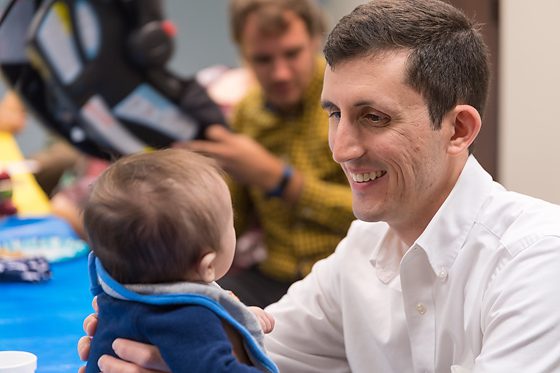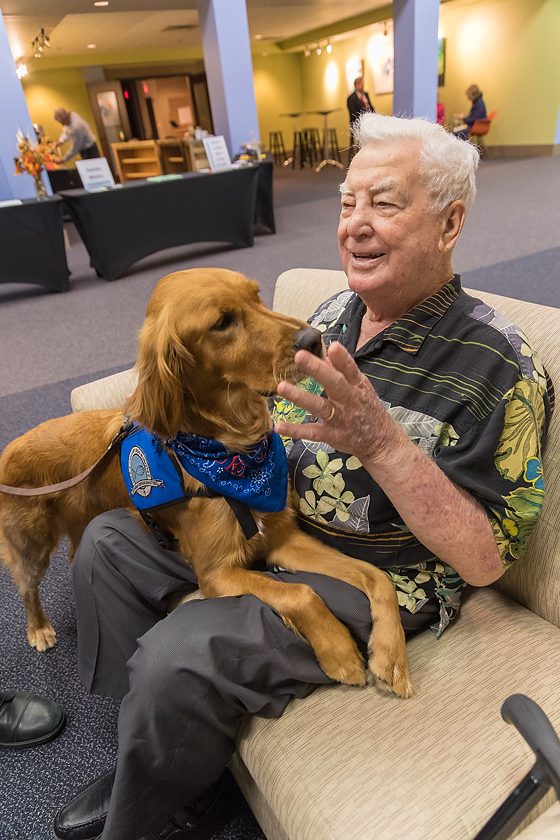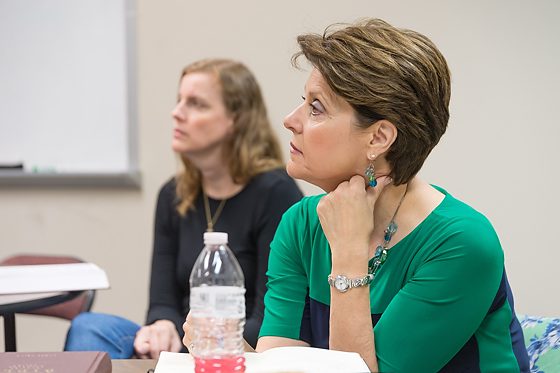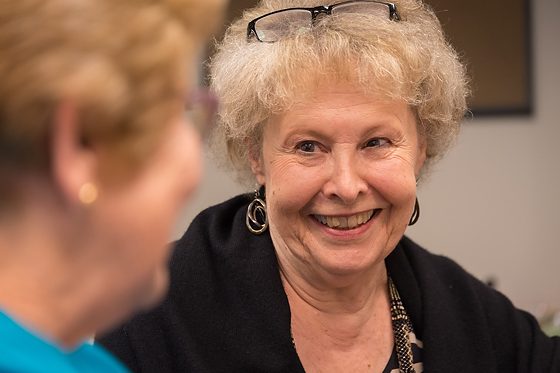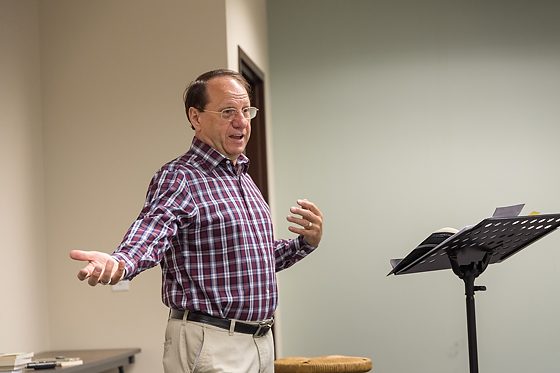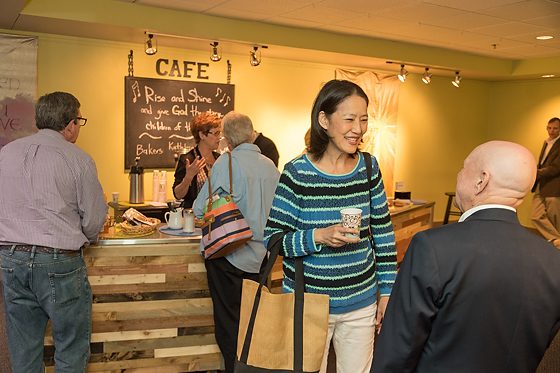Togo, West Africa [Nikon D5, Sigma 24-105mm, ISO 2800, ƒ/4, 1/100]
We live in a changing world, but we need to be reminded that the important things have not changed, and the important things will not change if we keep our priorities in proper order.
– S. Truett Cathy
How people approach photography these days has me very disappointed. There is way too much emphasis on gear and techniques. While you must master your equipment and learn strategies, they are not the purpose of photography.
The essential purpose of photography is communication. Few people take pictures solely to please themselves. Most of us take them because we want them to be seen by others. Pictures are a photographer’s means of expression, as a writer’s means are words.
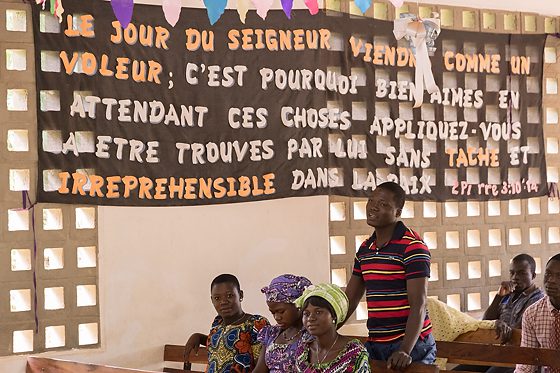
Every time a new camera gear comes out, there is much talk. I was privileged to have started my career before the digital revolution.
When I would go to workshops before digital cameras were introduced, we worked with the same technology for more than one hundred years. While the cameras did evolve in this time and the film technology got better, the understanding of how to take a photo didn’t change.
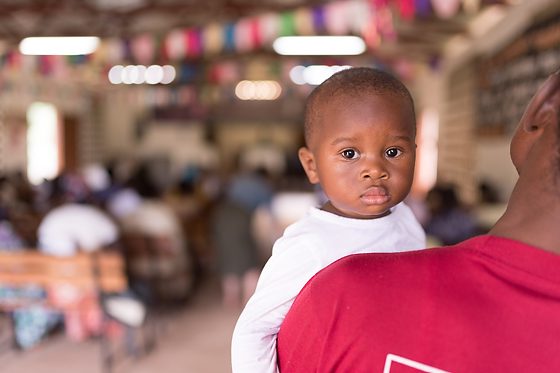
Here are what I would like to think of are the four “Ps” to make your images better.
Problem Solving
Patience
Persistence
People
Problem Solving
A great photo connects with people. If you know what you want people to take away from looking at your picture, you have a good chance of making a great photo. When you don’t understand why you are pushing the shutter at that moment is one of the most significant indicators that the audience will not know either.
Problem-solving requires you to be very curious. I didn’t know at the time my dad first labeled me “Curious George” that this quality would be one of the most important skills one should have when being a professional photographer.
Curious George is a sweet African monkey who cannot help but run into trouble. George’s friend, “The Man in the Yellow Hat,” tries very hard to care for George and always saves the day.
Curious George is intrigued and pursues his curiosity while not paying attention to what he is doing. While photographers shouldn’t get themselves into trouble, they should be curious enough to want to figure out things and ask why.
Patience
If you look through history you will notice that great things could not have happened often before that moment or after. There is often a season for a good idea.
Mathematicians often do not solve some of the most complex problems until other ideas can be mixed to create a new solution.
For example, Guglielmo Marconi is credited with inventing the radio, but his equipment was based on Tesla’s ideas. Without Tesla, there would not have been Marconi’s solution.
One of the best things one can do is to keep a journal or write down some of your ideas in a book. You may pitch these ideas to others and find they are not interested.
Then often, years later, you can go back to that book and pitch those same ideas, and now the season is right for them. You may have learned something in between that helps you do a better job of communicating your concept as well.
As we know the word, photography means to write with light. You must be patient if you want to take photos using natural light.
There have been many photographers who, for example, need a lot of time to do the research to know when to take a photograph. When Steve McCurry was working on the story for France’s BiCentennial for National Geographic, he spent more than two weeks going around and making notes about the light and places. He took photos more for research than for publication.
He then realized certain places would be great photos, but he needed to return at a different time of day.
One photographer was doing a story on a train and saw this gorgeous landscape with a railroad track that went through it across a bridge. The photographer decided to wait until the peak of the fall season to capture the moment.
I know that in photographing a person making a speech, I must anticipate the moments that capture those expressions that will do the best job of capturing the mood and message the speaker was making.
I have also photographed a few problematic people to capture due to their unusual blinking. So besides being patient to get them looking in the right direction with the proper facial expression and body language, I had to get it when their eyes weren’t closed or half closed.
Persistence
Closely related to problem-solving is being persistent. Musicians may study music for years and practice eight to ten hours a day so that they can take the stage and perform with such skill that it makes people want to pay to hear them.
You see, probably the most famous photographer of all time, Ansel Adams, was described as having the same qualities as Curious George. He was described as a hyperactive child. He transitioned from being a concert pianist to being a photographer.
He grew up going to Yellowstone and other parks. He spent years finding the right location for photographing some of his most famous photos. This also required him to return to the park for the right time of year, day, and weather to get the images we now see of him in museums, homes, and books of these iconic places.
While Ansel Adams drove upon the scene Moonrise, Hernandez, New Mexico, he would later spend much time in the lab to get all the values he could get out of that negative to make the prints we see today.
When we think of the famous photojournalist Eugene Smith, we think of all the time he spent on stories like the Country Doctor. He followed the doctor for days to build an account. Smith was hired to produce 100 photographs of contemporary Pittsburgh for a book in honor of the city’s bicentennial. Two years after beginning the planned three-week assignment, the editors demanded the photos, and if it were not for the funding stops, Smith would have continued to pursue better pictures than he had.
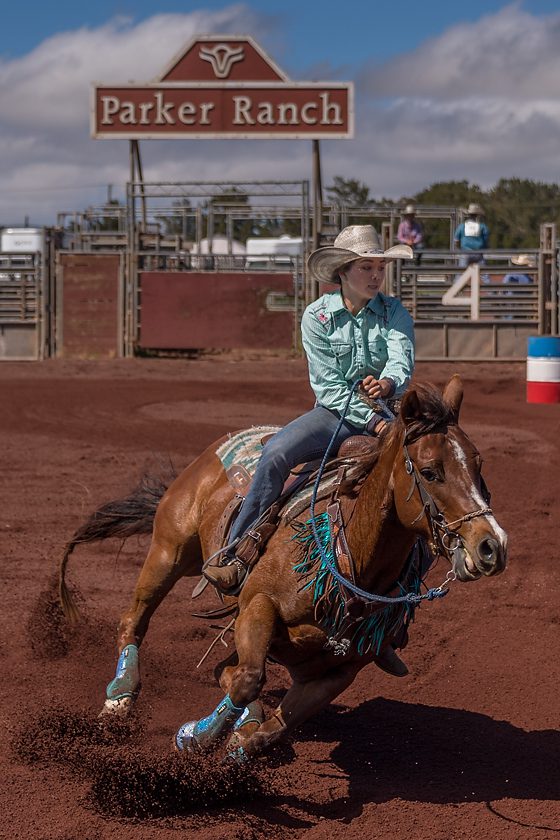
People
“If a tree falls in a forest and no one is around to hear it, does it make a sound?”
This famous quote is a philosophical thought experiment that raises questions regarding observation and perception. Let me rephrase this question for the photographer.
“If a photographer makes a photo and no one ever sees it, what is its purpose?”
Even if what you photograph isn’t a person but a thing, you are most likely making the photograph to share with other people. You want them to appreciate something you saw as much as you did.
Matthew 22:37–40: “Love the Lord your God with all your heart and with all your soul and with all your mind.” This is the first and greatest commandment. And the second is like it: “Love your neighbor as yourself.” All the Law and the Prophets hang on these two commandments.”
I believe photographers love our neighbors when we do our jobs at their best. We care for them in such a way that we want to share our experiences with them or take photos of them to share their essence with others.
I see photography as serving the purpose of the glue that helps connect people.
Until someone invented the transporter device used on Star Trek to beam people around time and space, we only have photography/video that allows us to see people around the world and even into outer space.
Putting it all together
You need camera gear to capture photos. Learn to use the equipment the same way you use a car. While you may have never driven a stick shift, I remember a moment when I was no longer thinking about shifting gears but just doing it. This would be the same as the photographer who shoots today in manual mode.
Most likely, more photographers are using some automation on their cameras just like we use automatic transmissions. Some of us even have cars that help us drive ourselves today.
Most of us don’t care much about how the car works; we buy a model we like and then use it to take us places.
Use your camera like your car. Let the camera take you places. Spend your time like you do when you plan your trips. Focus on the destination and the people you will see. Make the trip with your camera about what is in front of it, not the camera itself. This is how you will take great photos.

